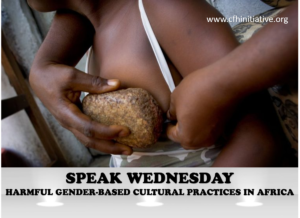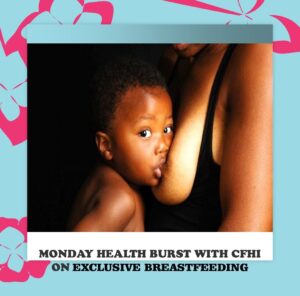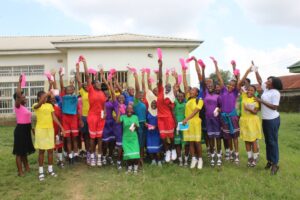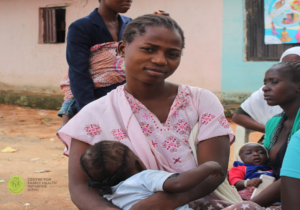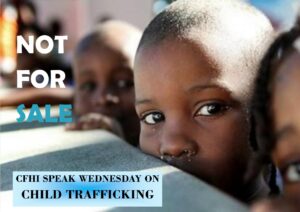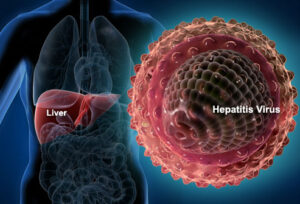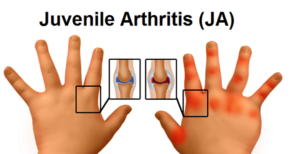MONDAY HEALTH BURST
MONDAY HEALTH BURST – BREAST CARE
Breasts come in different shapes and sizes. Most women have changes in the breasts at different times during their lifetime.
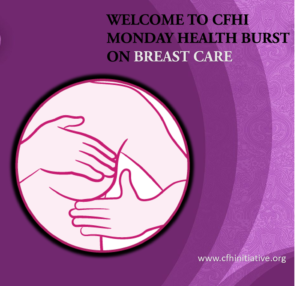
After delivery, the breast naturally produces milk for the newborn to feed and to avoid contaminating the food, breast care is a necessity. Hence, in today’s Monday Health Burst, simple tips that can help prevent issues like cracked nipples, inflammation and relieve discomfort from engorged breasts are discussed below.
- Firstly, remember to practice good hygiene: Wash hands before breastfeeding, wash breasts during bath, avoid using soap on the breasts to prevent loss of natural oils and cracked skin over the area.
- Support: Wear supportive braziers to keep from developing back ache, but not too tight to allow the breast air. Also, to prevent infection and inflammation of the breast, change braziers or brazier pads regularly.
- Latch and release: As earlier noted in the previous article, a child needs to latch properly to the breast during breastfeeding to avoid injuries or pain on the mother’s nipples. Also, the removal of the child from breast or release of the breast is just as important to prevent infection and inflammation.
- Moisturize: Moisturize the breast after breastfeeding with the breast milk on the nipples! This helps to prevent drying out and cracking of the skin over the nipple areas.
- Swollen? Yes, this may occur during breastfeeding and can cause the breast to harden and the milk ducts to become blocked. A cold compress can help to relieve the pain or inflammation and a warm water breast bath (without soap) can help open up the ducts.
In conclusion, breastfeeding is from the breast and as such regular breast self-examinations is essential. This care can help identify earlier blocked ducts which may appear as lumps that go away with time. Breast lumps, cysts, mastitis and painful breasts can occur in many women. Hence, knowing what is normal, how to conduct a breast check and when to see a doctor is very important especially in cases where lumps persist.
Monday Health Burst is an initiative of Centre for Family Health Initiative (CFHI) to tackle issues of basic health concerns. Join us every Monday for more health related articles on all our social media platforms
MONDAY HEALTH BURST Read More »

